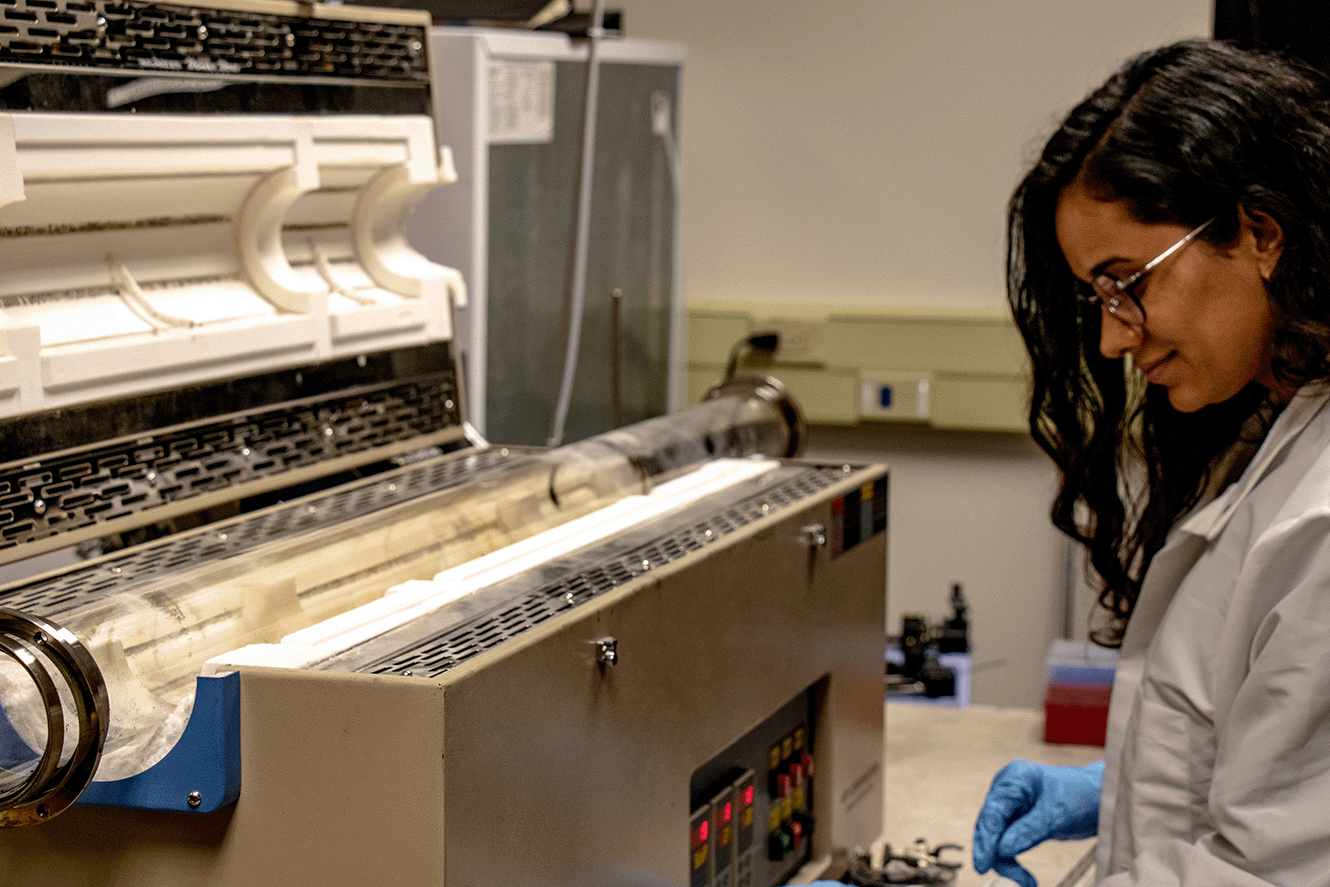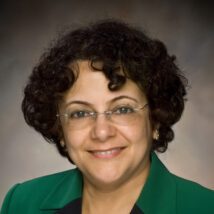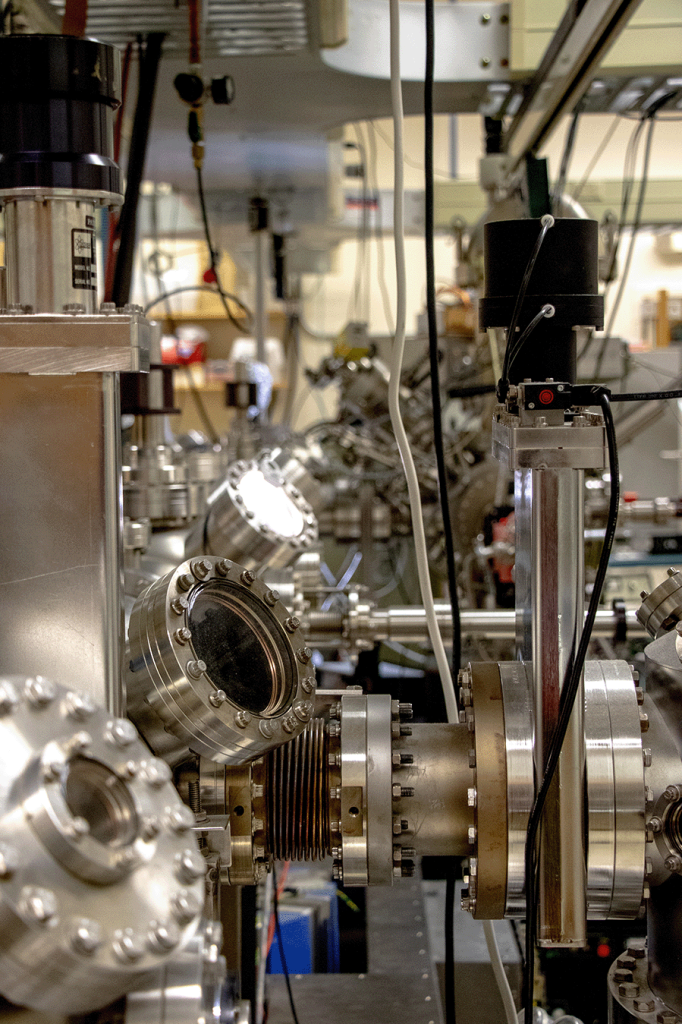
From LASST to FIRST
By, Colin Gallagher, Media Intern and Caty DuDevoir, Writing Intern
The Frontier Institute for Research in Sensor Technologies (FIRST), formerly known as the Laboratory for Surface Science and Technology (LASST), is an interdisciplinary research institute at the University of Maine (UMaine), with the vision of becoming a leader in materials, devices, and systems research. The institute, established in 1980, prides itself as a platform where individuals from a variety of scientific backgrounds can work together in order to solve problems that make real economic and societal differences. Through establishment of research infrastructure, spinoff companies, and local and international collaborations, FIRST continues to grow research and development capacity in Maine.
FIRST, like many research institutes and centers at the University of Maine, was helped by the National Science Foundation’s Established Program to Stimulate Competitive Research (NSF EPSCoR). Awarded in 2000, the six million dollar NSF EPSCoR RII Track-1 grant set out to improve research infrastructure, particularly in the realm of materials and sensors , in order to enhance Maine’s technology industries. This funding allowed FIRST to bring on new faculty, invest in research infrastructure and facilities, and connect a diverse team of researchers. While this grant has long since ended, the impact of the funding is clearly visible today not only in FIRST’s research but also in its philosophy and mission.
FIRST Director Sharmila Mukhopadhyay joined the institute in 2020 and was initially attracted by the prospect of nurturing larger collaborative teams. “The whole idea is that we have people from different disciplines collaborate on addressing a larger societal challenge. We currently have faculty from mechanical, electrical, chemical, and environmental engineering, as well as physics and chemistry, working together,” said Mukhopadhyay. “So this would be a powerful platform for interdisciplinary advances in high-tech areas that are relevant to society today.”
Research in Maine relies on instruments and other electronic tools due to the state’s vast wilderness and rural areas. “If you think of Maine, being well known for environmental and climate sciences, forest research, sustainable energy and rural infrastructure, all of those advances depend on advanced electronic devices and sensors driven by new materials.” Mukhopadhyay stressed. FIRST sees itself as integral to the continuation of these research areas in the state. “The big challenge down the road would be getting these new sensors and new electronic devices which would serve specific functions for the end user.” One research area that FIRST is interested in is materials, or more specifically, nanomaterials. Nanomaterials can be found in almost every piece of technology people use in their daily lives. Researchers study and develop these nanomaterials and their tiny eccentricities in order to package them into sensors and devices built to meet a specific need.
This can be seen in practice through FIRST’s work with the U.S. Department of Energy (DOE). FIRST is currently developing high temperature sensor systems under DOE EPSCoR funding. These devices will find themselves inside of power plants and need to be accurate and reliable while withstanding hundreds of degrees of heat. For these to work, the whole system needs to be built to withstand harsh conditions. In order to power these sensor systems, researchers are utilizing thermo-electric generators to improve their energy efficiency. Mukhopadhyay explained, “You want to put them into packages where they can be more efficient and more robust in order to operate in different service environments.” These systems can also be utilized in energy conversion.
Another priority area at FIRST is research into technologies for detection and mitigation of contaminants in the environment. One current research project involves using nanomaterials to create sensory devices that can detect traces of polyfluoroalkyl substances (PFAS). PFAS, oft-referred to as a forever chemicals, can leach into the food supply through plants and animals that are grown or raised in contaminated areas, and can have widespread negative effects on humans. Research at FIRST is not only focused on detecting PFAS but also on converting PFAS into harmless products once detected. Doing this requires a diverse team of scientists from academia, government, and industry, and FIRST is continuing to expand such partnerships.
FIRST has had a long history of active collaboration with outside partners. Mukhopadhyay explained, “Collaboration is the key ingredient that can take the ideas of brilliant scientists to the next level and make use of their work. This day and age, it’s very difficult to work in isolation. How strategically you collaborate, how carefully you pick your collaborators, and how synergistically you develop the collaborative relationship, I think, are extremely important for success.”
FIRST provides a platform for collaborations to foster over time, allowing researchers to benefit from one another’s scientific expertise. The institute also allows for individuals in any specific field to pick up knowledge from other fields that can be used for viable research applications. The ability to facilitate collaborations involving different disciplinary cultures will only become more important for the next generation of researchers and students.
Undergraduate research at FIRST has been active and aims to provide students with hands-on experience in cutting-edge areas. While working on their projects, a majority of students are advised by at least two FIRST faculty members in order to achieve high quality interdisciplinary training. Undergraduates, graduate students, and postdoctoral fellows who work with FIRST come out of the experience with a deep understanding of interdisciplinary research, and are prepared to take on our world’s evermore multifaceted challenges. Some students like Henry Carfagno, who initially joined FIRST as an undergraduate research assistant, returned to FIRST as the institute’s Research Facilities Operations Specialist as a full time professional.
FIRST plays an important role in student development, while expanding the possibilities of materials and sensor technologies, as well as providing scientists of many different disciplines with the opportunity to learn and collaborate in a high tech environment. The institute has changed significantly from its inception in 1980 to what it is today, and it is still growing in new directions with the addition of new faculty members. FIRST continues to drive research and position Maine as a leader in advanced materials and sensor technologies.


